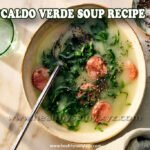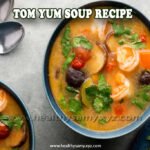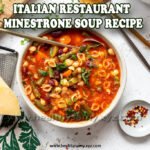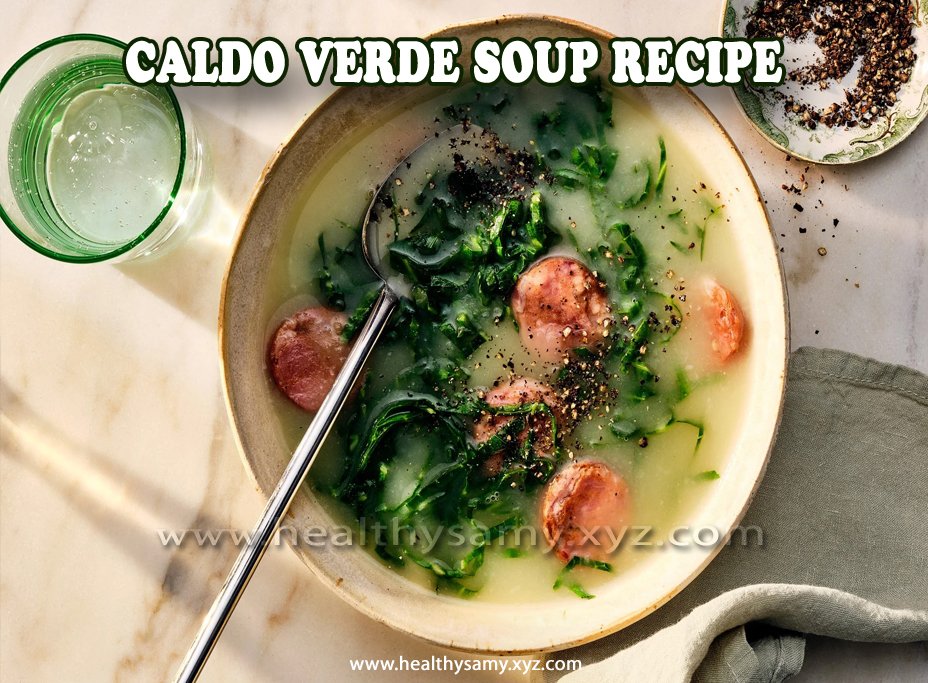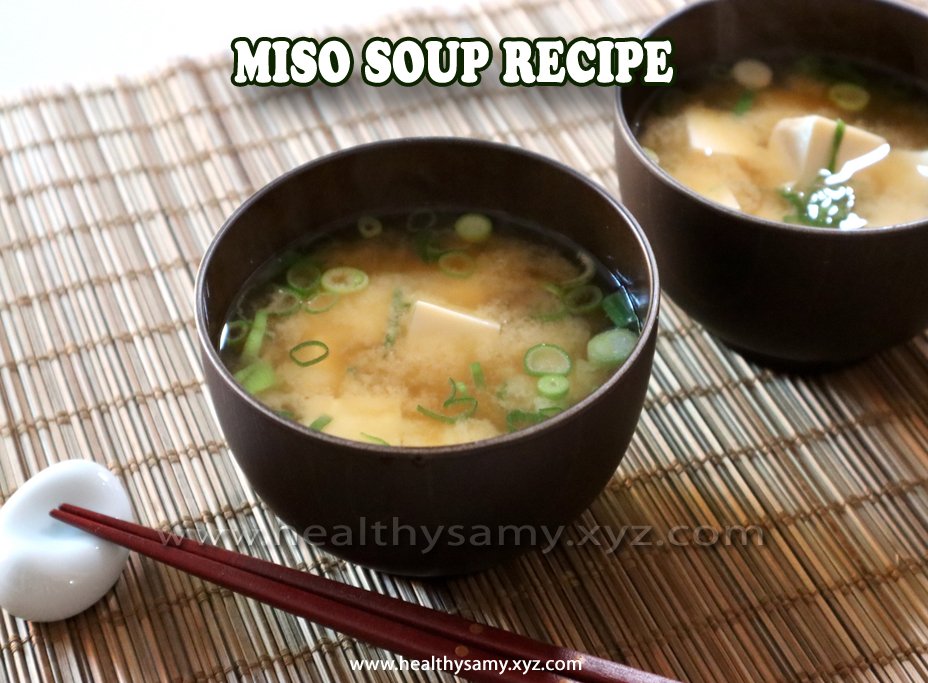Drink to the sweet world of Moroccan cookery! If you are addicted to bold flavors and tantalizing spices, also get ready to embark on a culinary adventure with me. moment, we are diving into the witching realm of Moroccan Harira Soup with Chickpeas form – a dish that will transport your taste kids straight to the bustling thoroughfares of Marrakech.
Moroccan Harira Soup isn’t just any ordinary haze it’s an artistic icon that holds deep significance in Moroccan homes. Whether enjoyed during Ramadan as an essential part of breaking the fast or savored throughout the time, this hearty and nutritional haze has come synonymous with comfort and tradition.
Intrigued? Well, let’s claw deeper into what makes this dateless dish so special, explore its different variations, bandy its pros and cons, discover which constituents can take it to new heights, and eventually unravel the secrets behind casting an authentic Moroccan Harira Soup with Chickpeas. So snare your apron and let’s get cuisine!
What’s Moroccan Harira Soup?
Moroccan Harira Soup is a rich and scrumptious haze that hails from the beautiful North African country of Morocco. It’s a chief in Moroccan cookery, known for its hearty constituents and sweet spices. Traditionally, it’s made with a base of tomatoes, lentils, chickpeas, and meat( generally angel or beef), coddled together to produce a thick and satisfying broth.
What sets Moroccan Harira Soup piecemeal from other mists is the unique combination of spices used to enhance its flavor profile. Cinnamon, gusto, turmeric, paprika- these are just many exemplifications of the warm and earthy spices that give this haze its distinct taste.
This haze not only tantalizes your taste kids but also offers several health benefits. The fiber-rich constituents like lentils and chickpeas help promote digestion while furnishing essential nutrients. The protein from the meat or legumes adds a redundant punch of energy to keep you feeling satisfied.
Not only does Moroccan Harira Soup serve as a comforting mess during colder months but it also plays an important part in Moroccan culture. During Ramadan, it holds great significance as it’s traditionally consumed to break the fast in the evening. It signifies concinnity among families and communities during this holy month.
So whether you are seeking warmth on chilly days or looking for a wholesome dish bursting with bold flavors- look no further than Moroccan Harira Soup! Its versatility makes it suitable for insectivores by replacing meat with fresh vegetables or indeed tofu. With each spoonful transporting you to the alluring thoroughfares of Morocco, this haze truly embodies the spirit of Middle Eastern cookery at its finest!
The Different Types of Harira Soup
Harira haze is a traditional Moroccan dish that isn’t only succulent but also incredibly protean.
One popular type of Harira haze is made with angel or beef as the base protein. The meat adds a rich and hearty flavor to the haze, making it perfect for those colder downtime months. Another variation includes funk rather than angel or beef, which gives the haze a lighter taste.
For those who prefer submissive options, there are Harira mists that are fully meat-free. These performances frequently include an array of vegetables similar to carrots, celery, onions, and tomatoes to add depth and texture to the dish.
In addition to variations in protein choices, there are also differences in spices and seasonings used in Harira mists. Some fashions call for sweet spices like cumin, turmeric, and cinnamon while others may use more subtle sauces like parsley or cilantro.
Pros and Cons of Eating Harira Soup
When it comes to Moroccan cookery, Harira haze is a true name. This hearty and scrumptious dish has been enjoyed for centuries in Morocco and has gained fashionability worldwide. But like any other food, Harira haze also has its pros and cons that are worth considering.
One of the biggest pros of eating Harira haze is its nutritive value. Packed with healthy constituents similar to tomatoes, lentils, chickpeas, and spices like gusto and turmeric, this haze provides a good balance of carbohydrates, protein, and fiber. It can be a great option for those looking to incorporate further factory- grounded reflections into their diet.
Another advantage of Harira haze is its versatility. While there are traditional fashions for this dish, you can fluently customize it to suit your taste preferences or salutary restrictions. You can add different vegetables like carrots or celery or indeed include meat if asked. This inflexibility allows you to acclimatize the form grounded on what is available in your closet or fridge.
On the wise side, one implicit debit of Harira haze is its high sodium content if not precisely covered during medication. Canned constituents similar to tomato paste or broth frequently contain added swabs which can contribute to an increased input of sodium. still, this can be eased by using low-sodium druthers or making manual performances from scrape.
also, some people may find the texture of Harira haze too thick or heavy for their relish. The combination of lentils and chickpeas gives the haze a substantial thickness that may not appeal to everyone’s palate.
What Foods to put in Harira Soup?
When it comes to making Harira haze, there are a variety of constituents that can be added to enhance its flavors and textures. This traditional Moroccan dish isn’t only nutritional but also incredibly protean, allowing you to customize it grounded on your particular preferences.
One essential component in Harira haze is tomatoes, which give a rich base for the haze and add pungent agreeableness. Another crucial element is lentils, which give the haze a hearty texture and boost its protein content. Chickpeas are frequently included as well, adding nuttiness and creaminess to the overall dish.
To add depth of flavor, spices similar to cumin, gusto, cinnamon, and turmeric are generally used in Harira haze. These sweet spices inoculate the broth with warmth and complexity. Fresh sauces like cilantro or parsley can be sprinkled on top for added newness.
For those who enjoy meat in their mists, angel or beef can be incorporated into Harira haze for redundant uproariousness and substance. Onions, garlic, celery, and carrots are staple vegetables that give fresh nutrition and round out the flavors.
What foods you choose to put in your Harira haze will largely depend on your particular taste preferences. Feel free to experiment with different combinations until you find your perfect coliseum of this comforting Moroccan delight!
How to make Moroccan Harira Soup with Chickpeas
Moroccan Harira Soup is a traditional dish that isn’t only scrumptious but also incredibly nourishing. However, this form is surely worth trying, If you are looking to season up your haze game. One of the crucial constituents in Moroccan Harira Soup is chickpeas, which add a pleasurable texture and taste.
To make this succulent haze, start by sautéing onions and garlic in olive oil painting until they come translucent. also, add minced tomatoes, tomato paste, and a mix of spices similar to gusto, turmeric, cinnamon, cumin, and paprika. This combination of spices gives the haze its distinctive Moroccan flavor.
Add bomb juice for an redundant pungent kick!
Before serving your Moroccan Harira Soup with Chickpeas sprinkle some fresh cilantro or parsley on top for added newness! Enjoy this hearty haze on its own or serve it alongside some warm blunt chuck for a complete mess.
There you have it – a simple yet satisfying form for making Moroccan Harira Soup with Chickpeas at home. Give it a pass and savor all the awful flavors that come together in every spoonful!
Moroccan Harira Soup with Chickpeas is a scrumptious and nutritional dish that has been enjoyed for centuries in Moroccan homes. Its rich mix of spices, vegetables, and protein-rich chickpeas makes it a satisfying mess option for any occasion.
Whether you are looking to warm up on a chilly downtime night or simply want to explore the succulent flavors of Moroccan cookery, Harira Soup is sure to please your taste kids. With its protean nature, you can customize this haze by adding your favorite vegetables or protein sources.
While there are different variations of Harira Soup, each one offers its own unique twist on this traditional form. From the hearty meat-grounded interpretation to the lighter submissive options, there is a Harira Soup variation for everyone’s preferences.
Like any dish, there are pros and cons to consider when eating Harira Soup. On the else side, it provides essential nutrients like fiber from chickpeas and vitamins from tomatoes and other vegetables. also, its warming spices offer implicit health benefits similar to bettered digestion and reduced inflammation.
still, it’s important to be aware of portion sizes as some performances may contain high quantities of sodium or unhealthy fats. It’s also worth noting that while this haze is packed with flavor, it may not be suitable for individualities with certain salutary restrictions or disinclinations.
When making Moroccan Harira Soup with Chickpeas at home, feel free to experiment with different constituents grounded on your preferences. Whether you prefer further heat from chili peppers or enjoy adding redundant sauces like cilantro or parsley for newness – the choice is yours!
To make this succulent haze yourself
- Sauté onions and garlic in olive oil painting until softened.
- Add minced tomatoes along with traditional spices similar to gusto, turmeric,
cinnamon cumin. - Stir in vegetable broth( or water) followed by cooked chickpeas.
- Cook everything together until flavors mingle together.
Add diced fresh sauces like cilantro or parsley for added newness.
